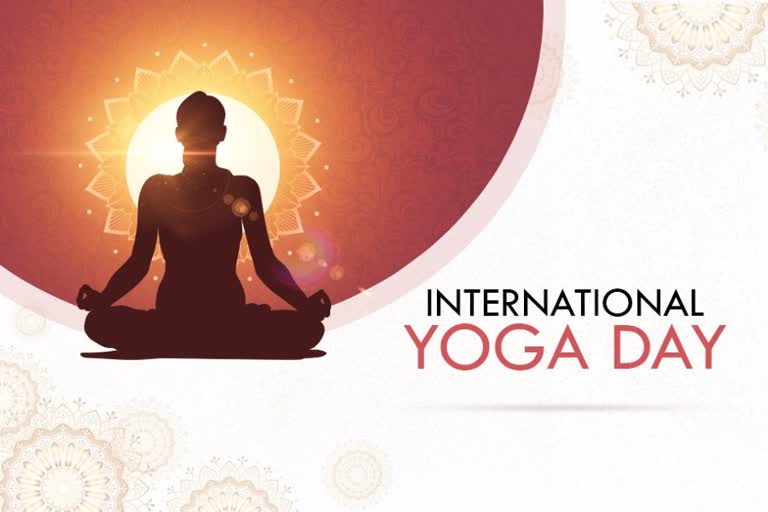Hyderabad: Yoga for Health-Yoga at Home is the theme for International Yoga Day, 21st June 2020, as set by United Nations. Yoga has been a part of Indian heritage, associated with healthy lifestyle and has seen several developments.
It is essentially a spiritual discipline based on an extremely subtle science, which focuses on bringing harmony between mind and body. It is an art and science of healthy living.
- The word ‘Yoga’ is derived from the Sanskrit root ‘Yuj’, meaning ‘to join’ or ‘to yoke’ or ‘to unite’.
- Yoga leads to the union of individual consciousness with that of the Universal Consciousness, indicating a perfect harmony between the mind and body, Man & Nature.
- One who experiences this oneness of existence is said to be in yoga, and is termed as a yogi, having attained to a state of freedom referred to as mukti, nirvana or moksha.
- The aim of Yoga is Self-Realization(connection of the soul to the Almighty felt through vibrations), to overcome all kinds of sufferings leading to 'the state of liberation' (Moksha) or ‘freedom’ (Kaivalya).
Yoga, being widely considered as an ‘immortal cultural outcome’ of Indus Saraswati Valley civilization – dating back to 2700 B.C., has proved itself catering to both material and spiritual upliftment of humanity.
A BRIEF HISTORY AND DEVELOPMENT OF YOGA
- The practice of Yoga is believed to have started with the very dawn of civilization. The science of yoga has its origin thousands of years ago, long before the first religions or belief systems were born. In the yogic lore, Shiva is seen as the first yogi or Adiyogi, and the first Guru or Adi Guru.
- Several thousand years ago, on the banks of the lake Kantisarovar in the Himalayas, Adiyogi poured his profound knowledge into the legendary Saptarishis or "seven sages”. The sages carried this powerful yogic science to different parts of the world, including Asia, the Middle East, Northern Africa and South America.
- Agastya, the Saptarishi who traveled across the Indian subcontinent, crafted this culture around a core yogic way of life.
- The number of seals and fossil remains of Indus Saraswati valley civilization with Yogic motives and figures performing Yoga Sadhana suggest the presence of Yoga in ancient India.
- The phallic symbols, seals of idols of mother Goddess are suggestive of Tantra Yoga.
- Presence of Yoga is available in folk traditions, Indus valley civilization, Vedic and Upanishadic heritage, Buddhist and Jain traditions, Darshanas, epics of Mahabharat and Ramayana, theistic traditions of Shaivas, Vaishnavas, and Tantric traditions
- Sun was given highest importance during the vedic period. The practice of ‘Surya namaskara’ may have been invented later due to this influence.
- Though Yoga was being practiced in the pre-Vedic period, the great Sage Maharshi Patanjali, rightly called "The Father of Yoga" compiled and refined various aspects of Yoga systematically in his "Yoga Sutras" (aphorisms). He systematized and codified the then existing practices of Yoga, its meaning and its related knowledge through his Yoga Sutras.
- He advocated the eight folds path of Yoga, popularly known as "Ashtanga Yoga" for all-round development of human beings. They are:- Yama, Niyama, Asana, Pranayama, Pratyahara, Dharana, Dhyana and Samadhi.
- Historical evidences of the existence of Yoga were seen in the pre-Vedic period (2700 B.C.), and thereafter till Patanjali’s period.
- Information about Yoga practices and the related literature during this period, are available in Vedas (4), Upanishads(108), Smritis, teachings of Buddhism, Jainism, Panini, Epics (2), Puranas (18) etc.
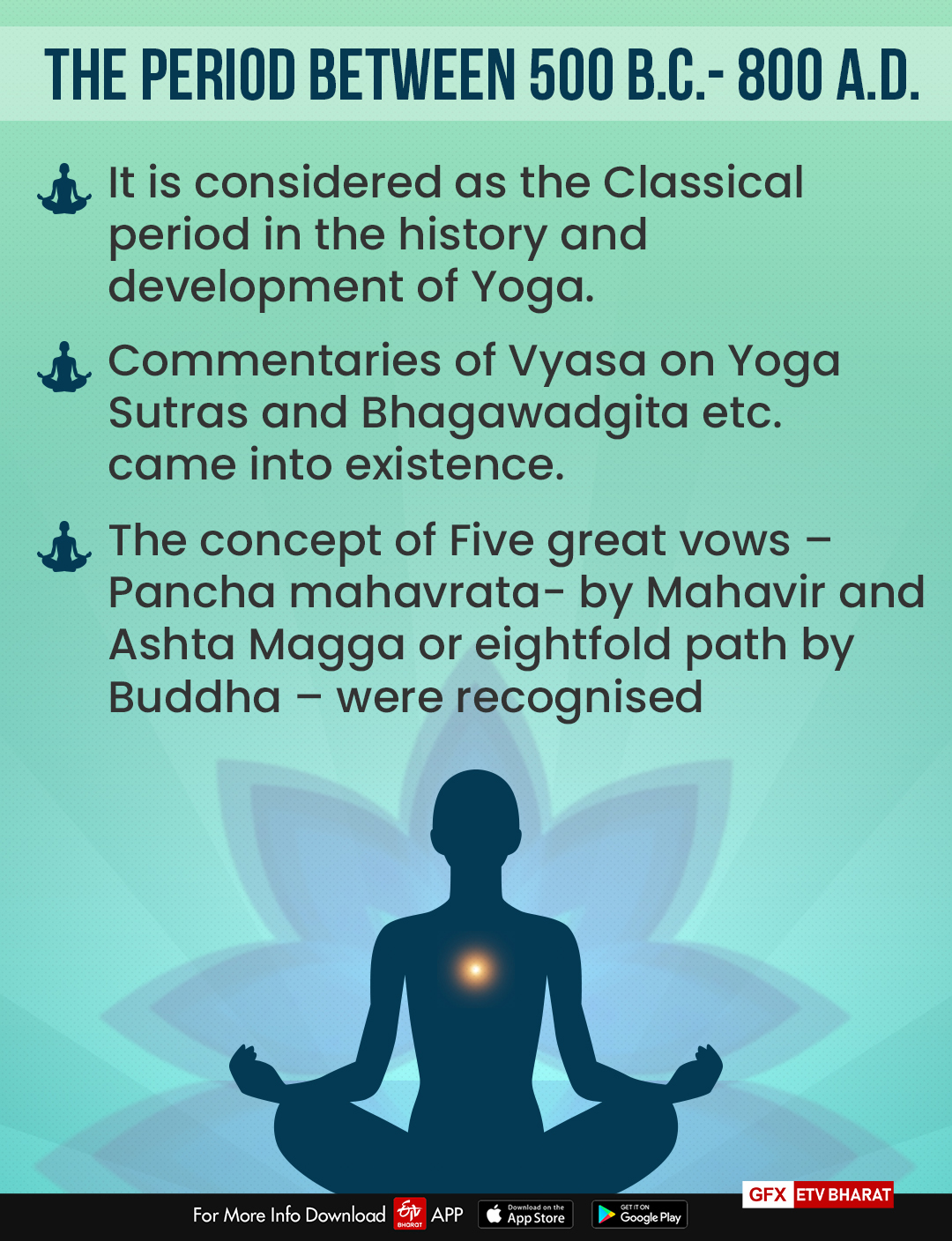
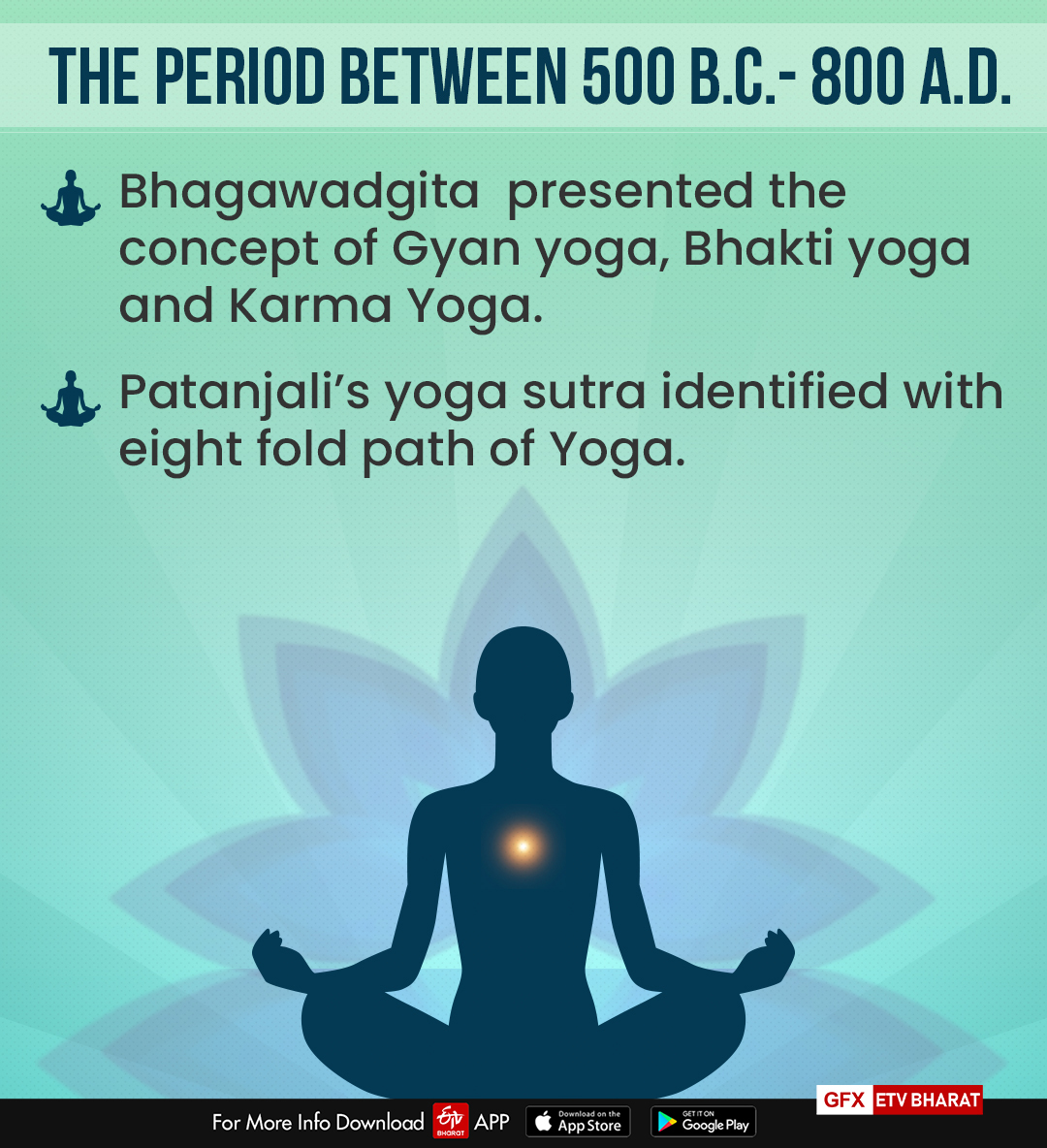
The period between 800 A.D. - 1700 A.D.- has been recognized as the Post Classical period wherein the teachings of great Acharyatrayas-Adi Shankracharya, Ramanujacharya, Madhavacharya-were prominent during this period.
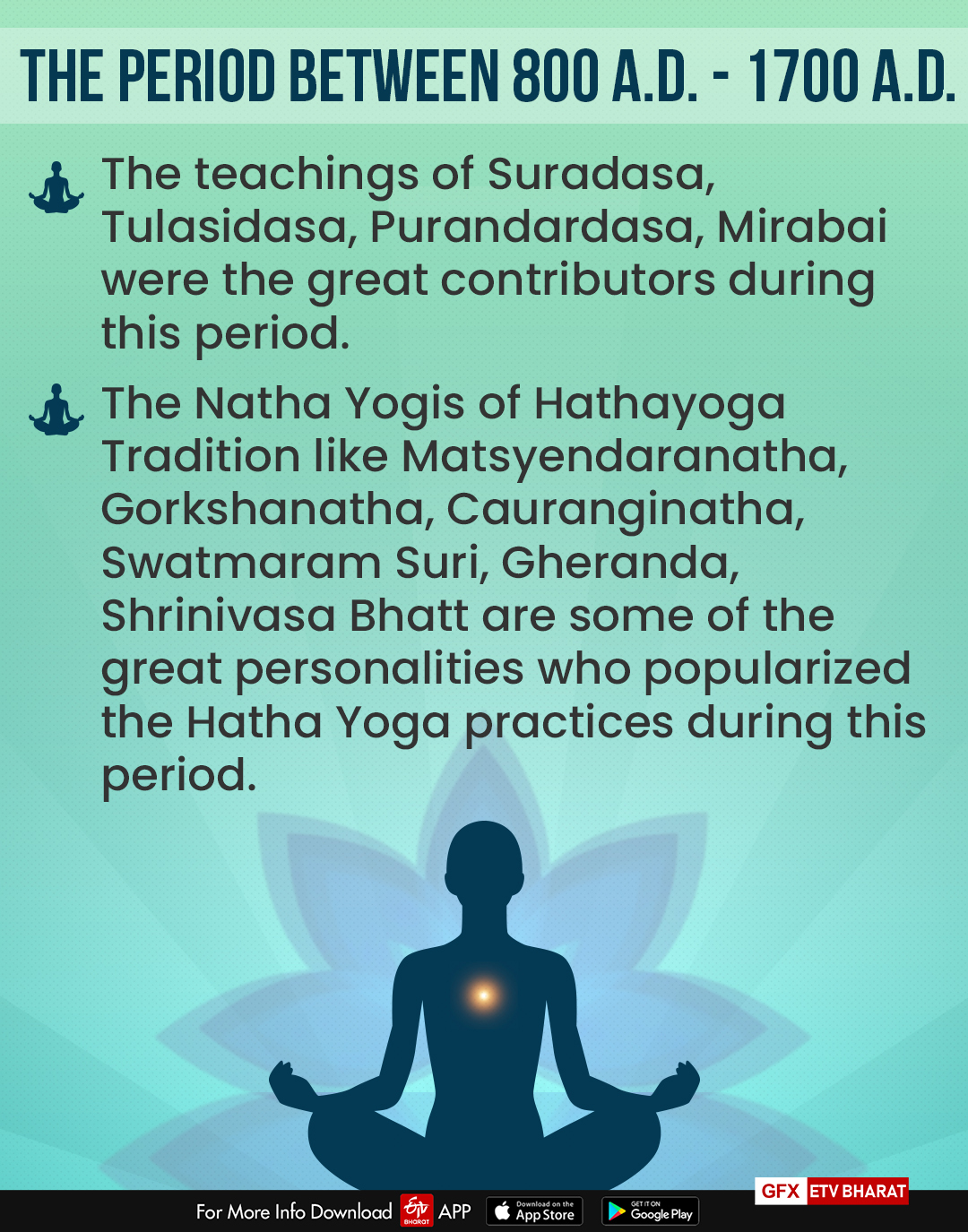
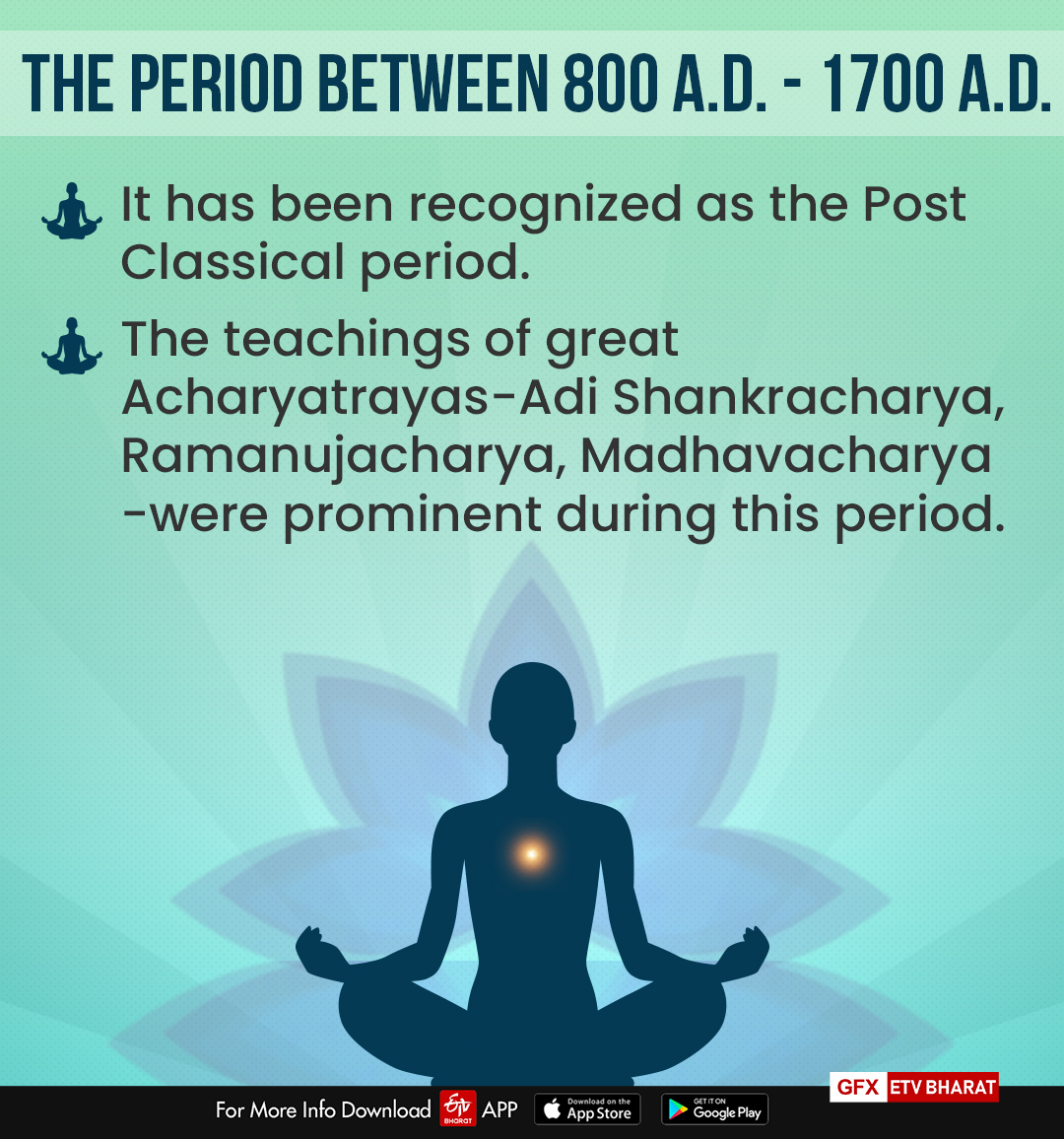
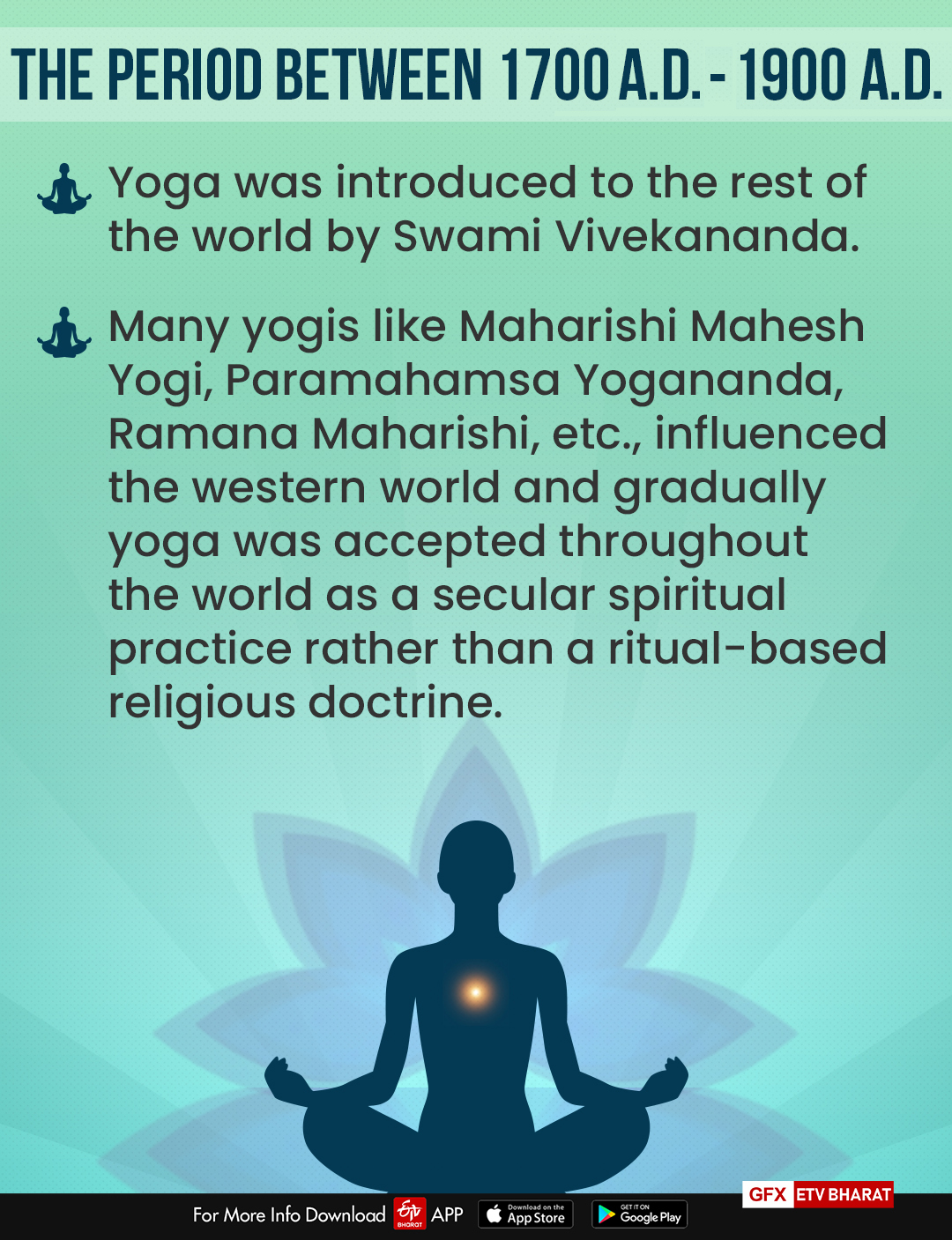
GLOBAL CELEBRATION OF YOGA -
- Since 21 June, 2015, the International Day of Yoga has been an annual, global celebration.
- In his 2014 address at the United Nations General Assembly, Prime Minister Narendra Modi proposed that a day to celebrate and practice yoga must be globally recognized.
- PM Modi’s reasoning for picking 21 June as the day for celebrating Yoga was on account of the fact that this day marks the Summer Solstice in the northern hemisphere, is the longest day of the year, and has special significance in several parts of the world.
- This year will mark the sixth edition of International Yoga Day, and in light on the ongoing Coronavirus pandemic, the theme this year is, ‘Yoga at Home and Yoga with Family’. This year the focus will be on practicing Yoga at home with one’s family.
Also Read: A consumer smartwatch can work as a powerful health-monitoring system
